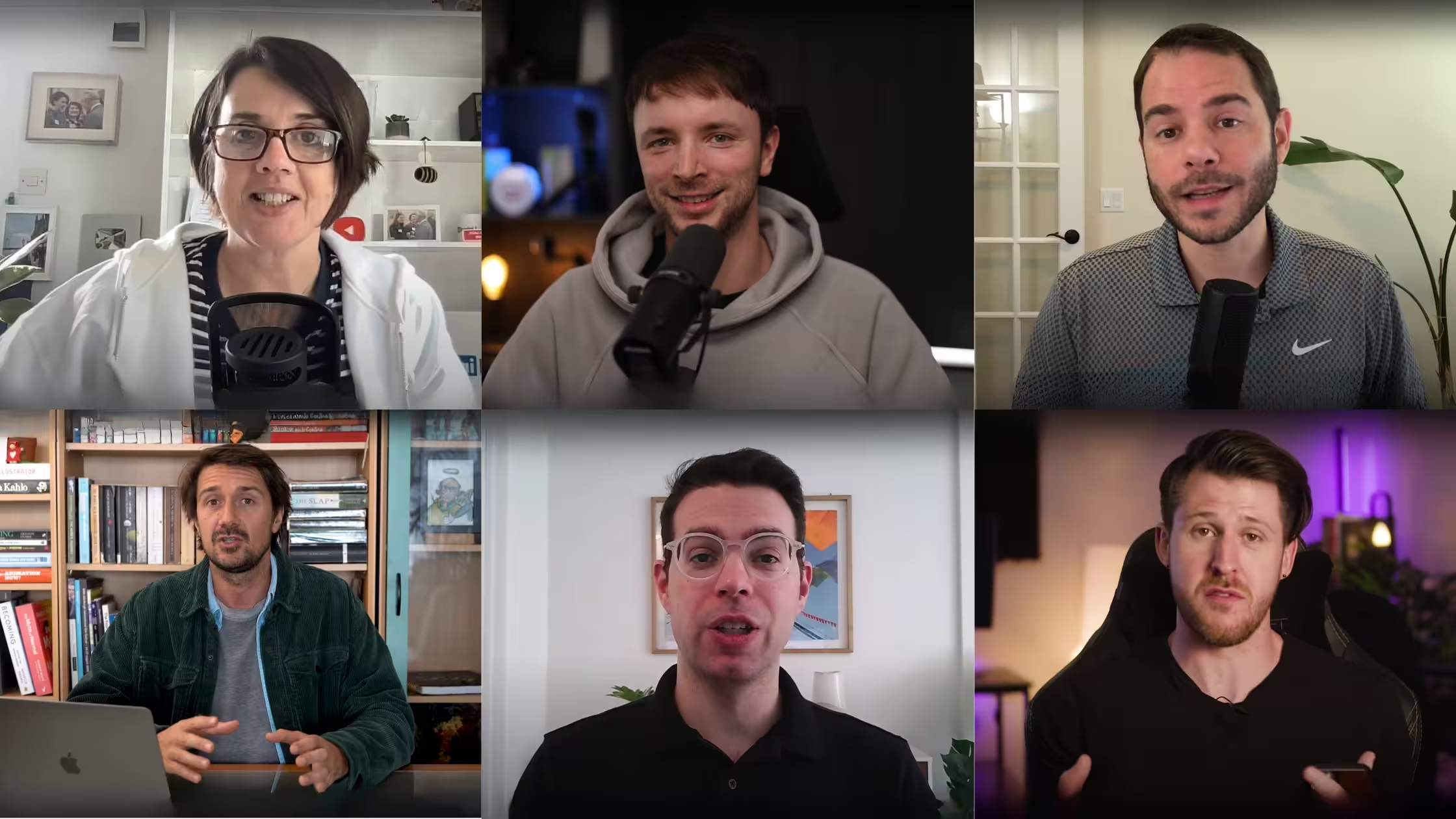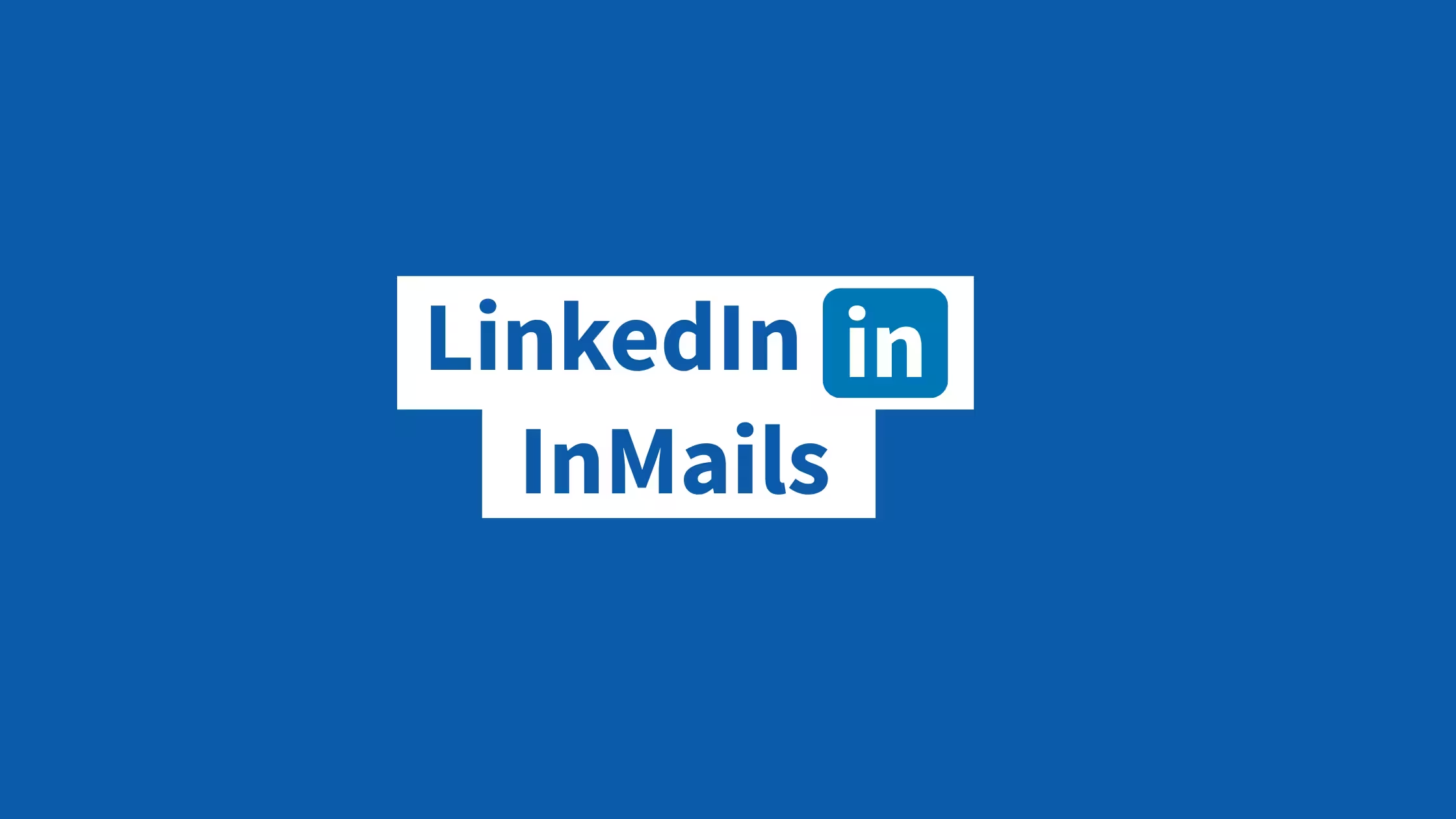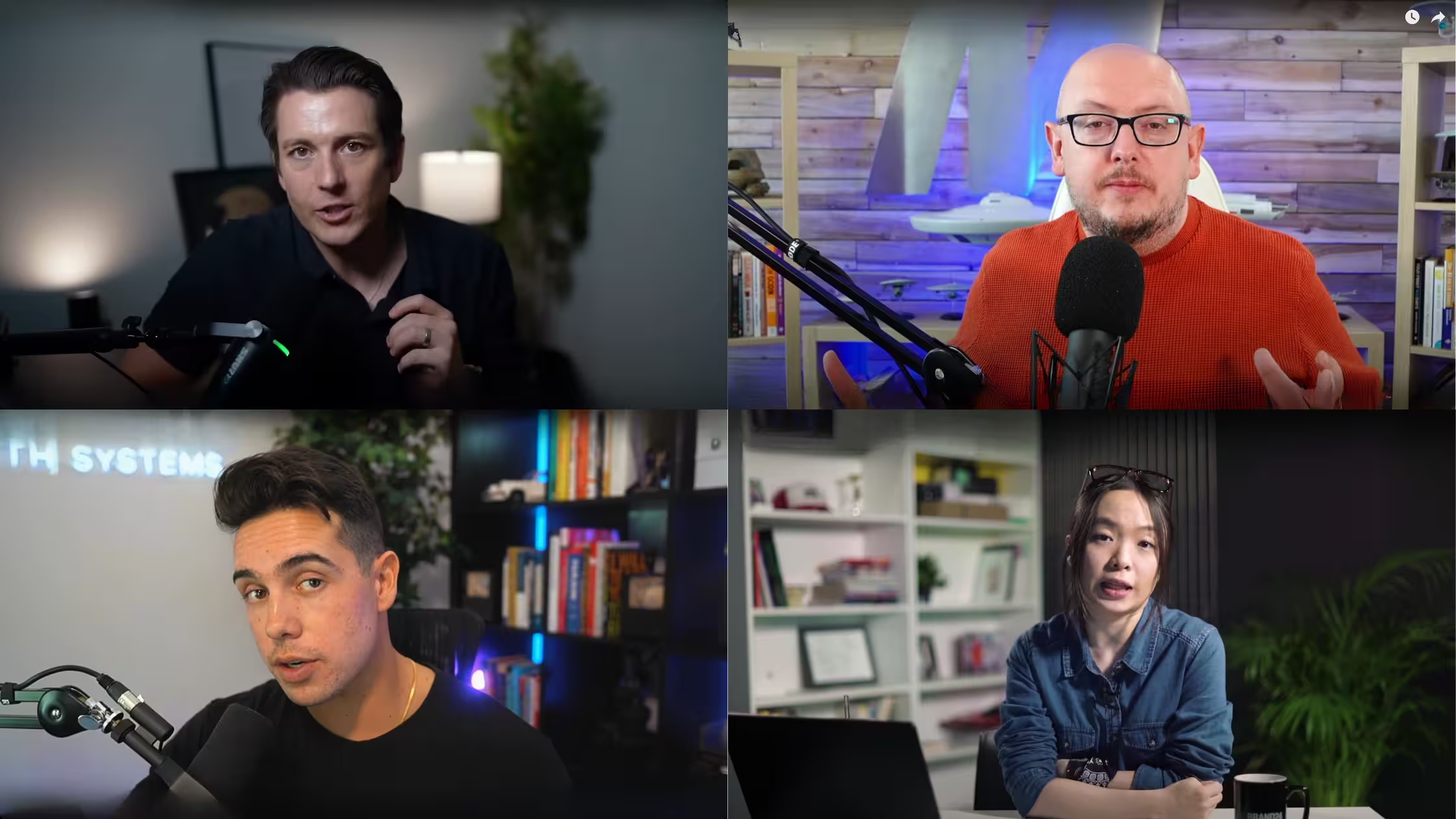LinkedIn Ads Mastery: Complete Guide 2025

Most B2B marketers struggle with lead quality. They generate plenty of clicks and form fills, but few convert into actual customers. The problem isn't volume—it's precision.
LinkedIn advertising solves this by giving you direct access to verified decision-makers in their professional context. Unlike other platforms that guess at user intent, LinkedIn provides confirmed job titles, company data, and business mindset.
This guide teaches you to build profitable LinkedIn campaigns using expert strategies and proven frameworks. You'll learn precise targeting methods, high-converting ad formats, and scaling techniques that maintain performance. Expert insights throughout show you advanced tactics like attribution modeling and retargeting optimization that separate successful campaigns from failed ones.
Why LinkedIn Advertising Matters
LinkedIn has become the undisputed champion of B2B lead generation, and the numbers speak for themselves. LinkedIn offers unprecedented access to decision-makers across every industry.
What sets LinkedIn apart from other advertising platforms is its professional context. When someone logs into LinkedIn, they're in a business mindset. They're thinking about work challenges, industry trends, and professional growth. This creates a unique opportunity for B2B marketers to reach prospects when they're most receptive to business solutions.
Understanding LinkedIn Campaign Manager
LinkedIn Campaign Manager is your command center for all advertising activities on the platform. Unlike other advertising platforms that can feel overwhelming, Campaign Manager is designed specifically for B2B marketers who need precision and control.
The interface is straightforward but powerful. You'll find everything organized into logical sections: campaign creation, audience targeting, budget management, and performance analytics. The platform guides you through each step, making it accessible even for beginners.
One key difference from other platforms is how LinkedIn structures campaigns. You create campaign groups (similar to ad sets on Facebook) and then individual campaigns within those groups. This structure allows for better organization and budget allocation across different audience segments.
The dashboard provides real-time insights into your campaign performance. You can track metrics like click-through rates, conversion rates, and cost per lead all in one place. The reporting is comprehensive yet easy to understand, helping you make data-driven decisions quickly.
LinkedIn Targeting Options
LinkedIn's targeting capabilities are where the platform truly shines. The depth of professional data available allows for incredibly precise audience segmentation that's impossible on other platforms.
Location targeting:
It goes beyond basic geography. You can target by country, state, city, or even specific metropolitan areas. This is particularly useful for businesses with regional focus or those planning local events.
Company targeting:
This is one of LinkedIn's most powerful features. You can target employees of specific companies, or broaden your reach by targeting companies within certain industries, size ranges, or growth rates. This allows for account-based marketing strategies that would be difficult to execute elsewhere.
Job experience targeting:
It lets you reach professionals based on their current role, seniority level, years of experience, and even specific skills. This is invaluable for B2B companies selling to specific job functions.
Education targeting:
Education targeting can be useful for reaching alumni of specific schools or people with certain degrees. This works well for professional services firms or companies selling to specific educational backgrounds.
The key to successful targeting is finding the sweet spot between being too broad and too narrow. Audiences between 30,000 and 80,000 people typically perform best. Too small, and you'll struggle with limited reach. Too large, and your message becomes diluted.
For marketers looking to dive deeper into LinkedIn's targeting capabilities, this comprehensive guide to LinkedIn ads targeting options and strategies breaks down every targeting feature available and shows you how to use them effectively for maximum campaign performance.
LinkedIn Ad Formats and Creative Strategy
LinkedIn offers several ad formats, each designed for different campaign objectives and audience stages. Understanding when and how to use each format is crucial for campaign success.
Single Image Ads:
These are the most common starting point for most advertisers. They're simple, effective, and work well for driving traffic to landing pages or generating leads. The key is using high-quality visuals that grab attention in a professional context.
Video Ads:
Video ads have become increasingly popular on LinkedIn. They typically generate higher engagement rates than static images, especially for brand awareness campaigns. Keep videos short (under 30 seconds) and front-load your key message since many users watch without sound.
Carousel Ads:
These ads allow you to showcase multiple products or tell a story across multiple cards. They work well for companies with diverse product offerings or those wanting to highlight different features of a single product.
Text Ads:
Text ads appear in the sidebar and are cost-effective for retargeting campaigns. While they have lower engagement rates, they can be effective for staying top-of-mind with warm audiences.
Document Ads:
Document Ads let you share PDFs, PowerPoints, or other documents directly in the LinkedIn feed. This format works exceptionally well for sharing whitepapers, case studies, or detailed product information.
LinkedIn Sponsored Messaging
Sponsored messaging represents one of LinkedIn's most unique advertising opportunities. Unlike other platforms where you compete for attention in a crowded feed, sponsored messages land directly in users' LinkedIn inboxes.
The key to successful sponsored messaging is making your message feel personal and valuable. Recipients should feel like they're receiving a message from a real person, not a marketing department. This means choosing the right sender, crafting personalized subject lines, and providing genuine value in your message.
Message length is crucial. LinkedIn recommends keeping messages under 500 characters to ensure they're easily readable on mobile devices. Your message should be scannable, with clear value propositions and strong calls-to-action.
Sender credibility plays a massive role in message performance. Choose someone from your company whose title and background align with your message. A message from a CEO about executive insights will perform better than the same message from a junior marketing coordinator.
When it comes to mastering the art of sponsored messaging, these best practices for LinkedIn sponsored messaging campaigns provide insider techniques for creating messages that recipients actually want to read and respond to.
Lead Generation and Conversion Optimization
LinkedIn's lead generation capabilities are unmatched in the B2B space. The platform's Lead Gen Forms allow users to submit their information without leaving LinkedIn, dramatically improving conversion rates.
The beauty of LinkedIn's lead forms is that they pre-populate with users' LinkedIn profile information. This reduces friction and increases completion rates. Users can submit a form with just two clicks, making it incredibly easy to capture leads.
When designing your lead forms, keep them as short as possible. Every additional field reduces conversion rates. Focus on collecting only the information you absolutely need for your sales process. You can always gather more details during follow-up conversations.
To maximize your lead generation results, this guide to optimizing LinkedIn lead generation forms reveals conversion optimization techniques that can significantly improve your form completion rates.
Budget Management and Bidding Strategies
LinkedIn advertising costs are typically higher than other platforms, but the quality of leads often justifies the investment. Understanding how to manage your budget effectively is crucial for achieving profitable campaigns.
LinkedIn offers several bidding options, but manual bidding usually provides the best results. Automated bidding can lead to overspending, especially when you're starting out. Manual bidding gives you control over your costs and helps you find the optimal bid amount for your audience.
Start with a conservative budget and gradually increase spending as you optimize your campaigns. LinkedIn can overspend your daily budget by up to 50%, so monitor your spending closely, especially during the first few days of campaign launch.
Budget allocation should be based on performance data. Don't spread your budget too thin across multiple campaigns. It's better to fully fund a few high-performing campaigns than to underfund many campaigns.
Consider seasonality when setting budgets. B2B decision-making often follows predictable patterns, with slower periods during summer months and holidays. Adjust your budgets accordingly to maximize efficiency.
Advanced Campaign Management and Scaling
Once you've mastered the basics of LinkedIn advertising, the next challenge is scaling your successful campaigns while maintaining performance. This requires a strategic approach to campaign management and optimization.
The first step in scaling is identifying your top-performing audience segments. Look for patterns in your data – which industries, job titles, or company sizes generate the best results? Focus your scaling efforts on these high-performing segments.
Timing matters when scaling campaigns. Tuesday through Thursday typically see the highest engagement rates on LinkedIn. Schedule your budget increases during these peak days to maximize impact.
Creative freshness becomes crucial as you scale. Higher budgets mean more frequent ad exposure, which can lead to ad fatigue. Regularly refresh your creative assets to maintain engagement rates.
Campaign organization is essential for managing multiple campaigns at scale. Use clear naming conventions and logical campaign structures. This makes it easier to analyze performance and make optimization decisions.
For advanced scaling strategies, this guide to scaling optimizations for LinkedIn advertising campaigns provides expert techniques for growing your campaigns while maintaining profitability.
Retargeting and Advanced Audience Strategies
LinkedIn's retargeting capabilities are among the most sophisticated in the advertising industry. Unlike other platforms that rely heavily on cookies, LinkedIn's retargeting is based on user login data, providing more reliable audience matching.
Website retargeting:
It allows you to reach people who have visited your website. This is particularly powerful for nurturing prospects who showed initial interest but didn't convert. You can create different audiences based on specific pages visited or actions taken.
Video retargeting:
Video targeting lets you reach people who have watched your LinkedIn videos. This is excellent for creating warm audiences of engaged prospects. You can segment audiences based on how much of your video they watched.
Lead form retargeting:
It enables you to reach people who have submitted LinkedIn lead forms. This is perfect for nurturing leads through the sales funnel with relevant content and offers.
Company page retargeting:
It allows you to reach people who have engaged with your company page. This creates audiences of people who are already familiar with your brand.
To understand the full power of LinkedIn's retargeting system, this analysis of LinkedIn's superior retargeting capabilities demonstrates why LinkedIn's approach outperforms other advertising platforms.
Campaign Optimization and Performance Analysis
Successful LinkedIn advertising requires continuous optimization based on performance data. The platform provides detailed analytics that help you understand what's working and what needs improvement.
Click-through rate (CTR):
CTR is a key metric to monitor. A good CTR on LinkedIn typically ranges from 0.4% to 0.8%, depending on your industry and campaign type. Low CTRs often indicate targeting or creative issues.
Conversion rate:
It measures how well your landing pages perform. LinkedIn traffic typically converts at higher rates than other platforms because users are more qualified. If your conversion rates are low, examine your landing page experience.
Cost per lead (CPL):
CPL varies significantly by industry and campaign type. B2B software companies might pay $50-100 per lead, while professional services might see $20-50. Compare your CPL to industry benchmarks and your customer lifetime value.
Engagement metrics:
Engagement metrics like likes, comments, and shares provide insights into content resonance. High engagement often correlates with better algorithm performance and lower costs.
A/B testing:
It should be continuous and systematic. Test one element at a time – headlines, images, audiences, or landing pages. This helps you identify which changes actually drive performance improvements.
For comprehensive campaign optimization strategies, these tips for setting up effective LinkedIn ad campaigns provide actionable techniques for improving campaign performance and achieving better results.
Tracking and Attribution
Proper tracking and attribution are essential for measuring LinkedIn advertising success and making data-driven optimization decisions. LinkedIn provides several tools for tracking campaign performance.
The LinkedIn Insight Tag:
This is a piece of code you install on your website to track conversions and build retargeting audiences. This tag enables you to measure actions like form submissions, downloads, and purchases that result from your LinkedIn ads.
Conversion tracking:
Conversion tracking allows you to measure specific actions users take after clicking your ads. This could be anything from downloading a whitepaper to requesting a demo. Proper conversion tracking helps you understand which campaigns drive the most valuable actions.
UTM parameters:
These parameters help you track LinkedIn traffic in Google Analytics. By adding UTM codes to your campaign URLs, you can see exactly how LinkedIn traffic behaves on your website compared to other sources.
LinkedIn's attribution models:
These models help you understand the customer journey. The platform offers last-touch attribution by default, but you can also view data-driven attribution that considers all touchpoints in the conversion path.
This comprehensive guide to LinkedIn ads conversion tracking and attribution provides detailed implementation guidance, covering the complete setup process and advanced attribution strategies.
To stay ahead of the curve, this exploration of AI features in LinkedIn advertising provides insights into the latest AI-powered tools and how to leverage them for better campaign performance.
Real-World Success Stories
Learning from successful LinkedIn advertising campaigns provides valuable insights into what works in practice. Real-world examples demonstrate how strategic implementation can drive significant business results.
One notable success story involves generating over $1.2 million in pipeline from LinkedIn advertising. This campaign focused on targeting decision-makers at enterprise companies using a combination of content marketing and direct response tactics.
For detailed insights into this remarkable success, this case study of driving $1.2 million pipeline with LinkedIn ads reveals the specific strategies and tactics that generated exceptional results.
Common Mistakes and How to Avoid Them
One of the biggest mistakes is targeting audiences that are too broad. While it might seem logical to cast a wide net, broad targeting on LinkedIn often leads to high costs and low-quality leads. Focus on specific, well-defined audiences instead.
Another common error is neglecting mobile optimization. Over 60% of LinkedIn users access the platform on mobile devices. Your ads and landing pages must look great and function well on smartphones and tablets.
Many advertisers also make the mistake of using automated bidding from the start. While automated bidding can work well for experienced advertisers, beginners often see better results with manual bidding until they understand their optimal bid amounts.
Creative fatigue is another issue that catches many advertisers off guard. LinkedIn users see the same ads repeatedly, leading to declining performance over time. Regular creative refreshes are essential for maintaining campaign effectiveness.
Finally, many advertisers don't properly track their conversions, making it impossible to measure true ROI. A proper tracking setup should be one of your first priorities when starting with LinkedIn advertising.
Conclusion
LinkedIn advertising offers unparalleled opportunities for B2B marketers to reach decision-makers and generate high-quality leads. The platform's sophisticated targeting capabilities, professional context, and engaged user base make it an essential component of any serious B2B marketing strategy.
Success on LinkedIn requires understanding the platform's unique characteristics and user behavior. The professional context means your messaging should be educational and value-driven rather than overly promotional. When done correctly, LinkedIn advertising becomes a powerful growth engine that drives consistent, high-quality pipeline for your business.
Frequently Asked Questions
What's the minimum budget needed to start LinkedIn advertising?
LinkedIn requires a minimum daily budget of $10 per campaign, but realistically, you'll need at least $50-100 per day to see meaningful results. Start with a test budget of $500-1000 to gather initial performance data.
How long does it take to see results from LinkedIn ads?
You can expect to see initial data within 24-48 hours, but meaningful results typically take 2-4 weeks. LinkedIn's algorithm needs time to optimize, and you need sufficient data to make informed decisions about campaign performance.
Should I use LinkedIn's Audience Network?
For beginners, it's recommended to disable Audience Network initially. This feature extends your ads to third-party websites, which can dilute performance. Focus on LinkedIn's native placements first, then test Audience Network once you have optimized campaigns.
What's the difference between Campaign Manager and LinkedIn Sales Navigator for advertising?
Campaign Manager is LinkedIn's advertising platform for creating and managing paid campaigns. Sales Navigator is a prospecting tool for sales teams. While they can work together, they serve different purposes in your LinkedIn strategy.
How do I know if my LinkedIn ad creative is working?
Monitor your click-through rate (CTR) and engagement metrics. A CTR above 0.4% is generally good, while above 0.8% is excellent. High engagement (likes, comments, shares) often correlates with better performance and lower costs.
Can I advertise on LinkedIn without a Company Page?
Yes, you can create campaigns from your personal profile, but having a Company Page provides more credibility and additional features like Lead Gen Forms and event promotion. Most successful B2B advertisers use Company Pages.
What's the best way to reduce LinkedIn advertising costs?
Focus on improving your ad relevance and engagement. Higher-quality ads with better targeting typically achieve lower costs. Also, use manual bidding, optimize your landing pages, and regularly refresh your creative to combat ad fatigue.








